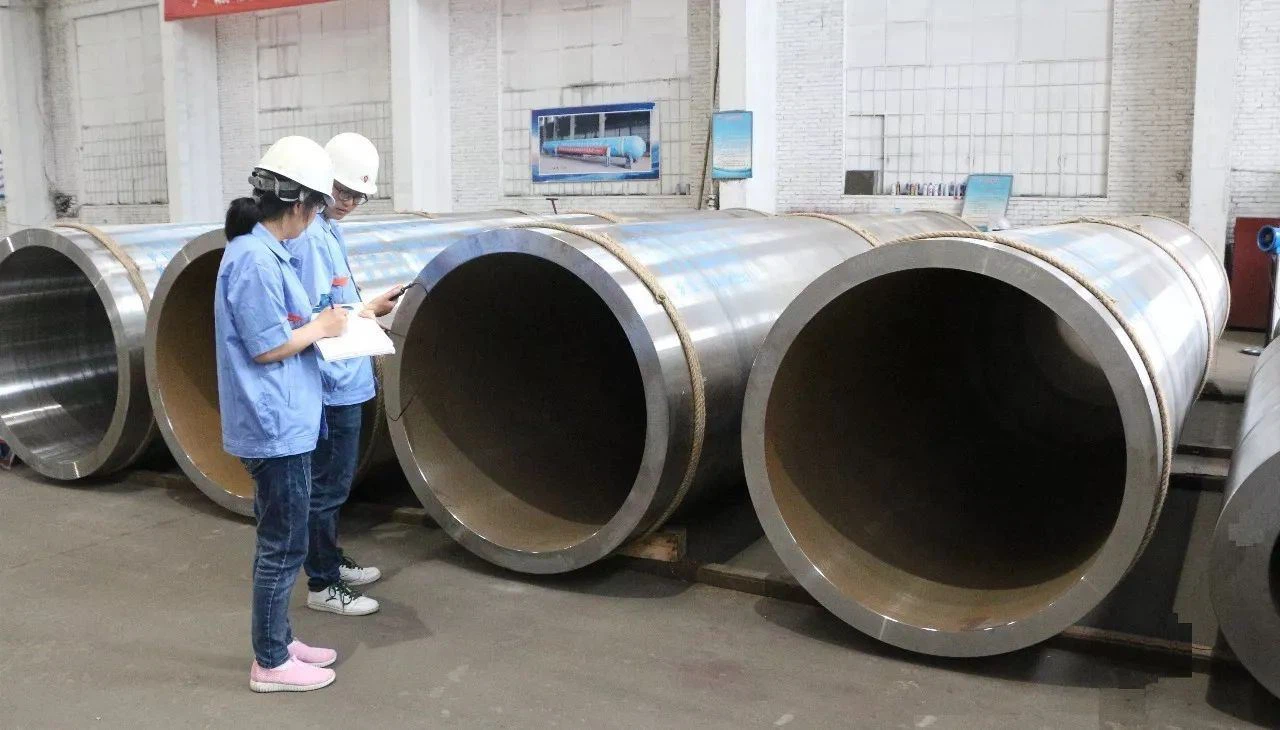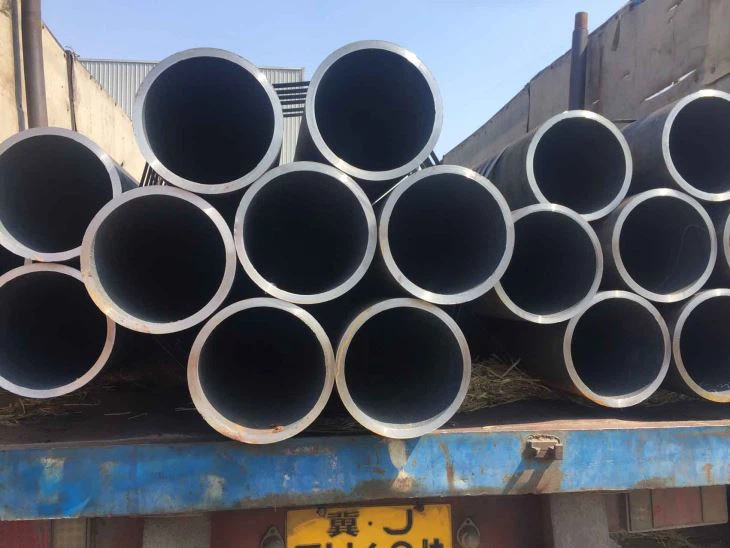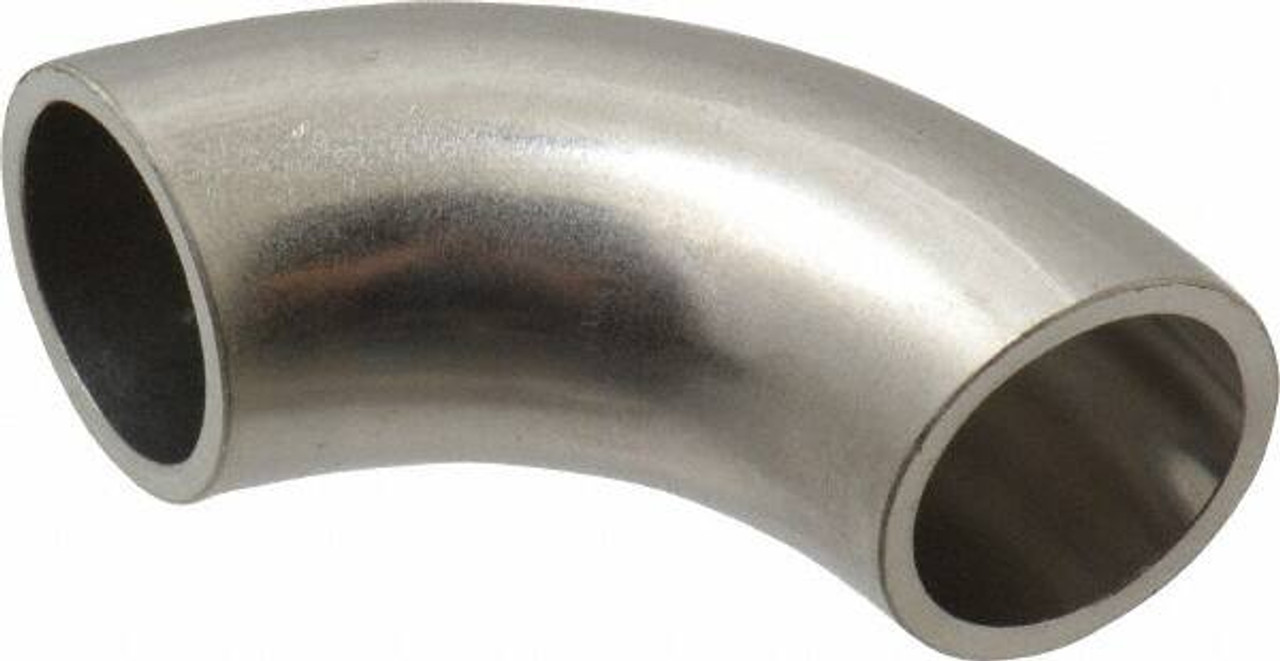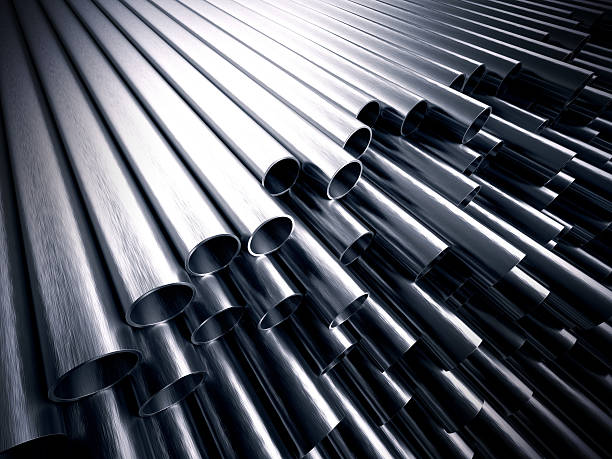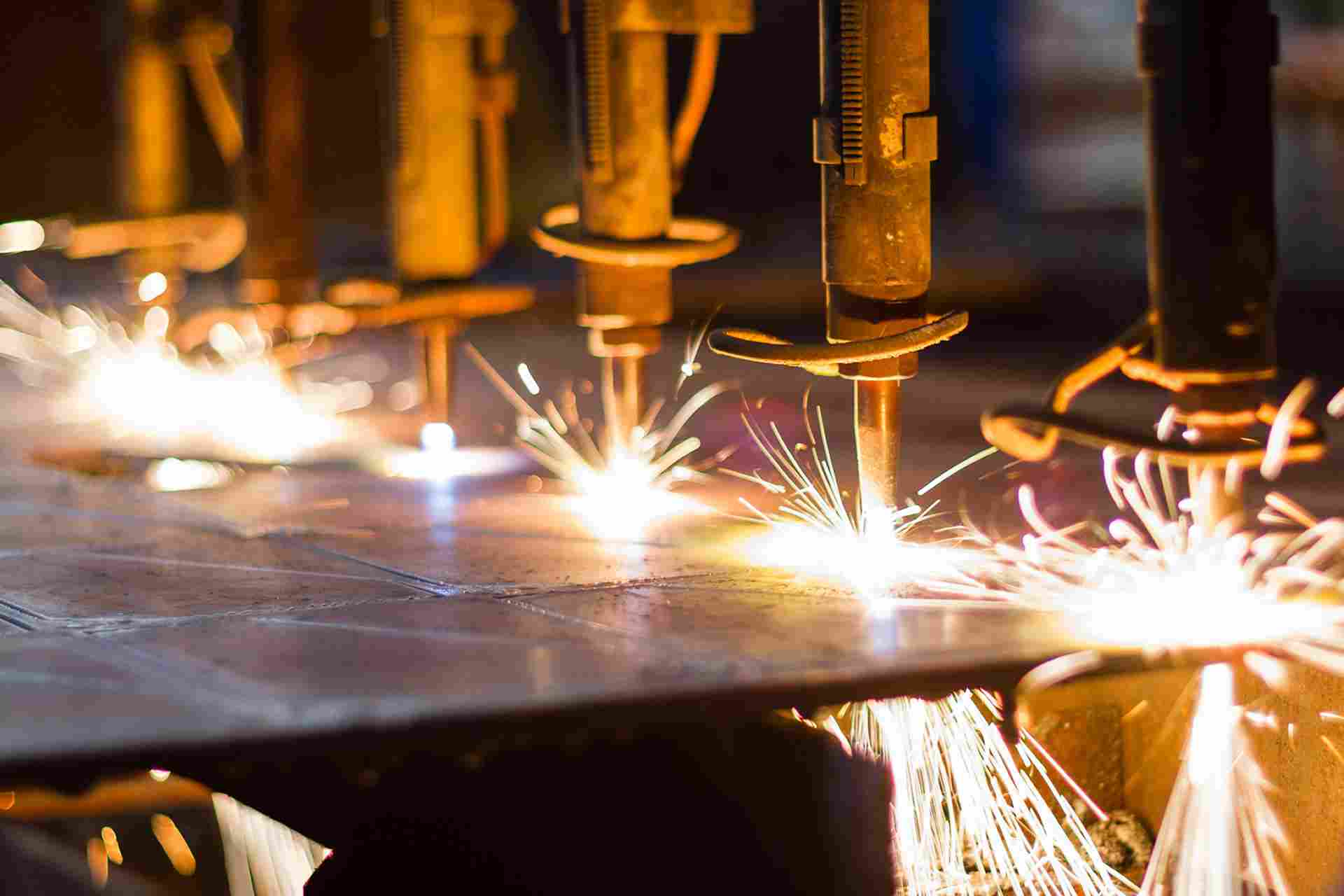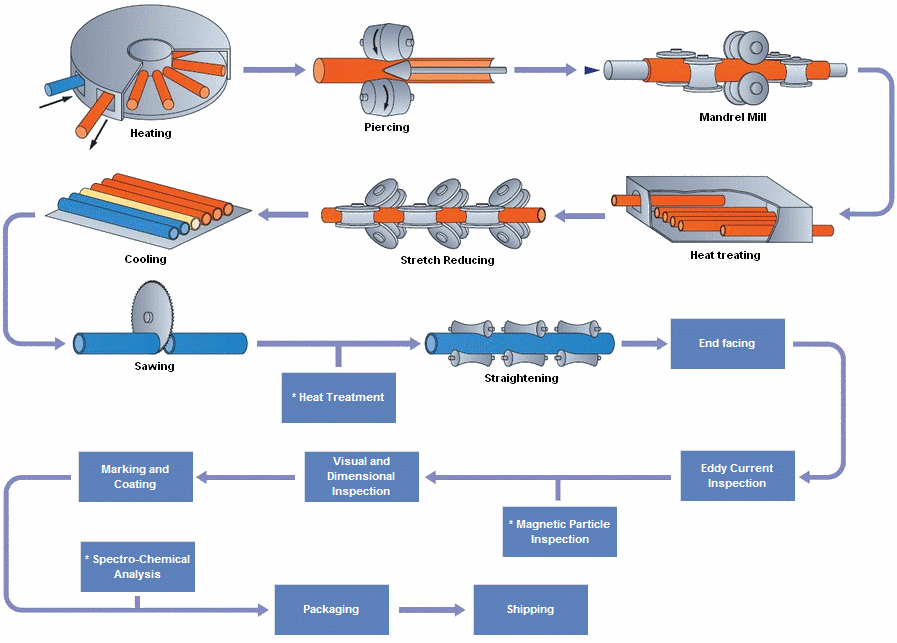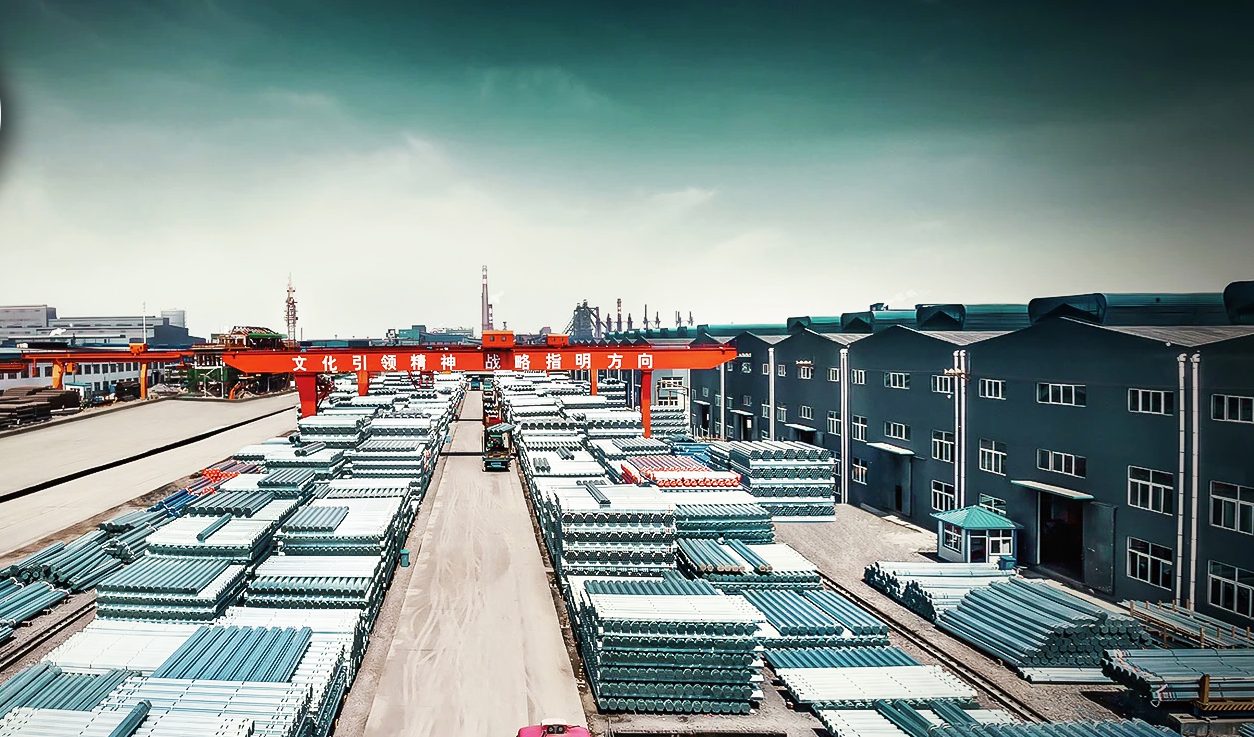Large-diameter thick-walled seamless steel pipes, produced through advanced processes like hot piercing and heat treatment, offer exceptional strength and reliability. International grades from EN (por exemplo, 34CrMo4) and ASTM (por exemplo, A519 4140) alongside GB standards meet diverse needs, from hydraulic cylinders to energy infrastructure, ensuring performance under high pressure and stress.
Tecnologia
For high-pressure hydraulic cylinders, seamless steel pipes such as ST52 (E355), SAE 4140 (42CrMo), 37Mn, and 34CrMo4 are widely used, adhering to standards like DIN 2391, ASTM A519, and GB 18248. These grades offer the necessary strength, resistência, and precision to ensure safety and performance under extreme pressures. Selection depends on specific pressure requirements, condições ambientais, and manufacturing processes like honing or heat treatment.
A soldagem de pipelines uns N08825 exige uma abordagem holística que integra ciência do material, engenharia de processos, e controle rigoroso de qualidade. Otimizando os parâmetros TIG/MIG/SMAW, Mitigação de defeitos através de tratamentos pré/pós-soldado, e aderir aos padrões internacionais, As indústrias podem alavancar todo o potencial da liga em ambientes corrosivos e de alta temperatura. Avanços contínuos nas tecnologias de soldagem prometem eficiência e confiabilidade aprimoradas para aplicativos futuros.
Welding Inconel 625 and P22 requires meticulous control of thermal gradients, filler selection, and post-weld treatments to address metallurgical incompatibilities. Industry standards and advanced processes (por exemplo, EMB, soldagem a laser) enhance joint reliability in critical applications. Continuous innovation in welding technology will further optimize these dissimilar joints for extreme environments.
Através da prática de soldagem de mais de 400 Portas Dyne na seção de gaseificação do dispositivo de síntese de amônia química Liuguo, É mostrado que o processo de soldagem acima pode garantir completamente a qualidade da soldagem. A julgar pelo resultado da taxa de aprovação de 96%, é suficiente. Provar isso.
Resumindo, Nickel 200's surface treatment technology includes methods such as pickling, Superfícies brilhantes de recozimento e polimento. Essas tecnologias têm suas vantagens e espaço exclusivos para melhorias em diferentes cenários de aplicação.
The choice between Inconel® X-750 (EUA N07750) e liga de níquel 600 depends largely on the specific requirements of the application: Choose Inconel X-750 for high-stress, high-temperature applications where mechanical strength, fatigue resistance, and creep resistance are critical (por exemplo, aeroespacial, nuclear, and gas turbines). Choose Nickel Alloy 600 for versatile corrosion resistance in general-purpose applications or where fabrication and cost-efficiency are more important (por exemplo, processamento químico, marinho, e trocadores de calor).
Hastelloy C-276 stands out as one of the most versatile and corrosion-resistant alloys available today. Its unique properties make it indispensable in industries where performance and reliability are paramount. From resisting aggressive acids in chemical plants to enduring the harsh conditions of marine environments, Hastelloy C-276 has proven its worth time and again. While its high cost and fabrication challenges may pose limitations, the benefits it offers far outweigh these drawbacks for critical applications.As global industries continue to push the boundaries of innovation, Hastelloy C-276 will remain a cornerstone material for demanding environments, garantindo a segurança, eficiência, and durability for years to come.
The CFD analysis of water flow inside buttweld elbow pipes reveals that the normal-edged elbow pipe outperforms the sharp-edged elbow pipe in terms of flow efficiency, consumo de energia, e integridade estrutural. As principais descobertas incluem:
When selecting between seamless and welded high nickel alloy pipes, consider factors such as pressure requirements, resistência à corrosão, cost, and size availability to ensure that you choose the right type of pipe for your project. For more information or assistance in selecting the right pipe, consult with a materials specialist or supplier who can help guide you through the decision-making process.

